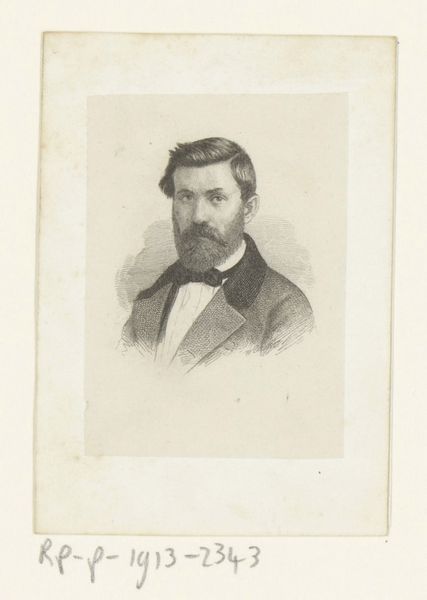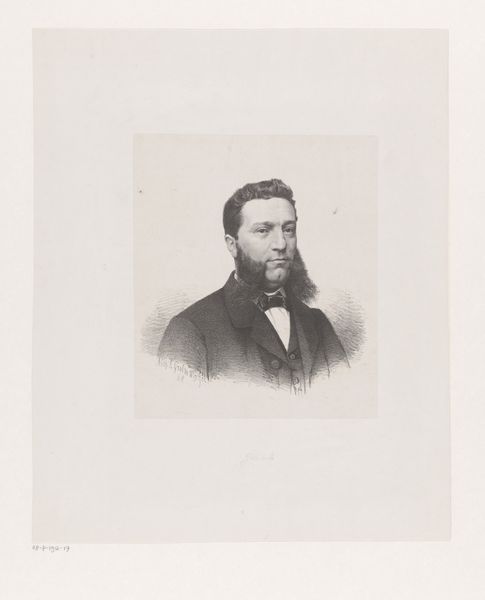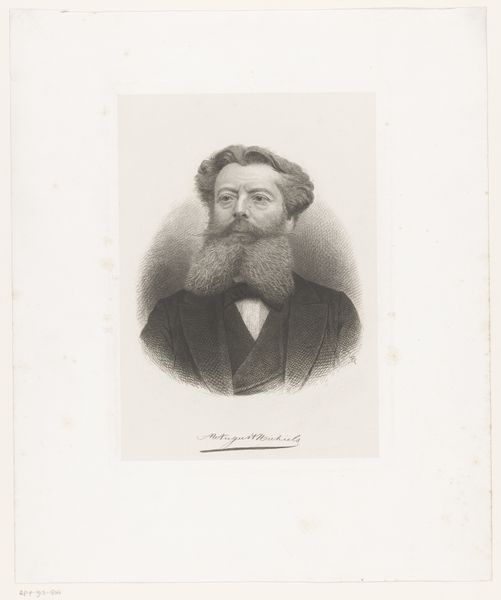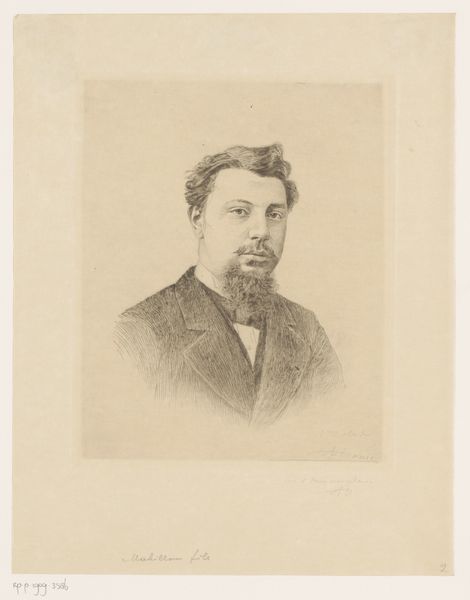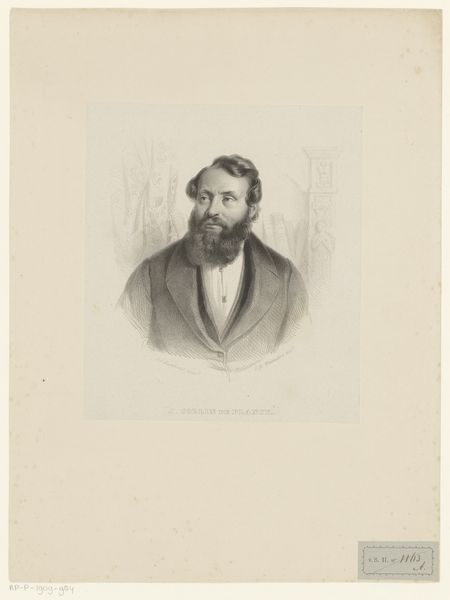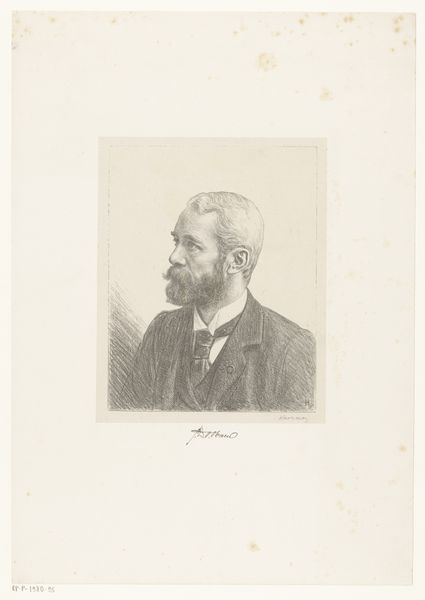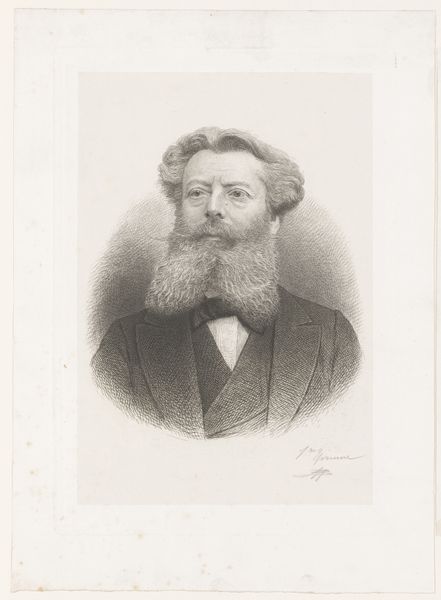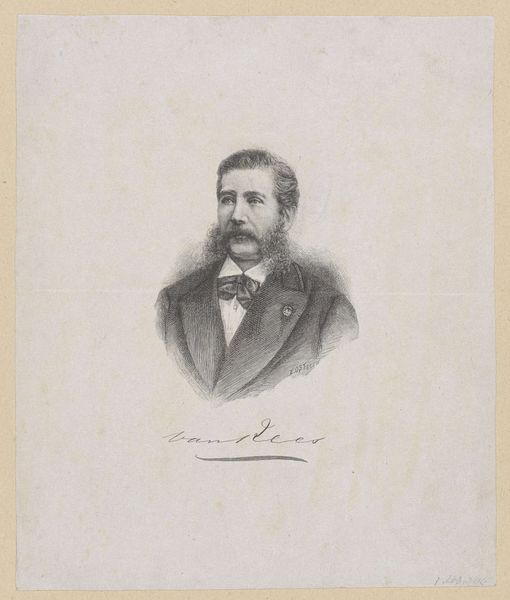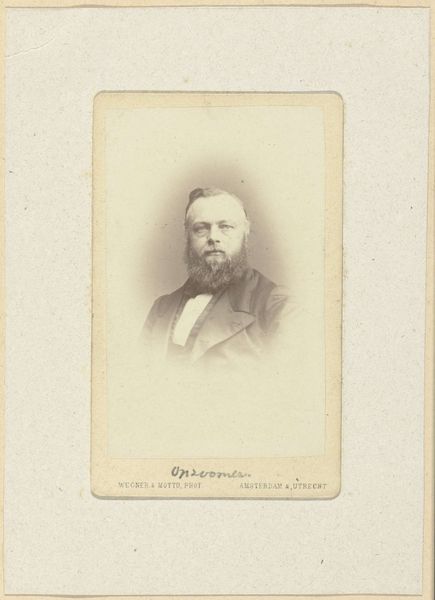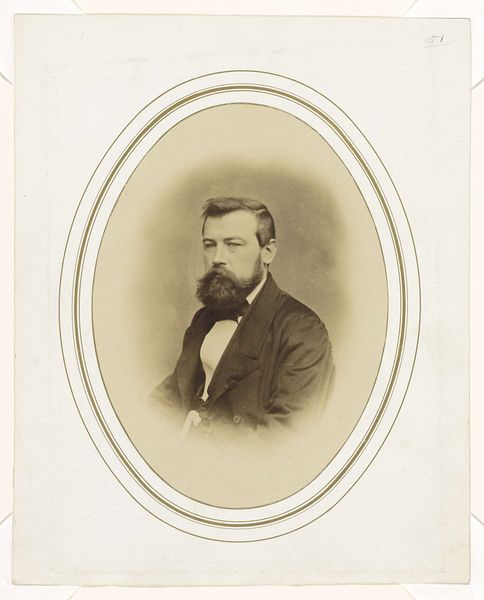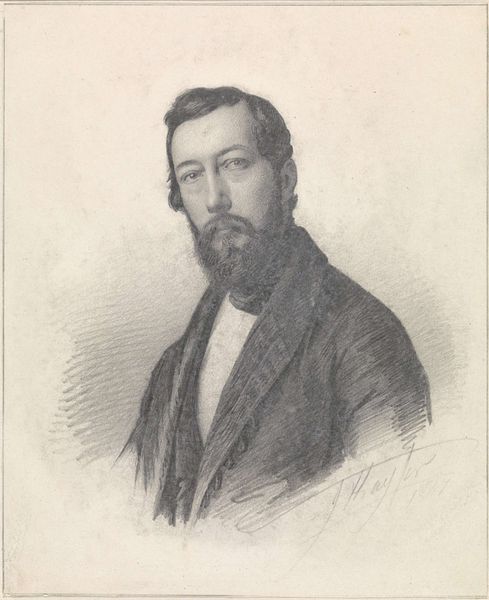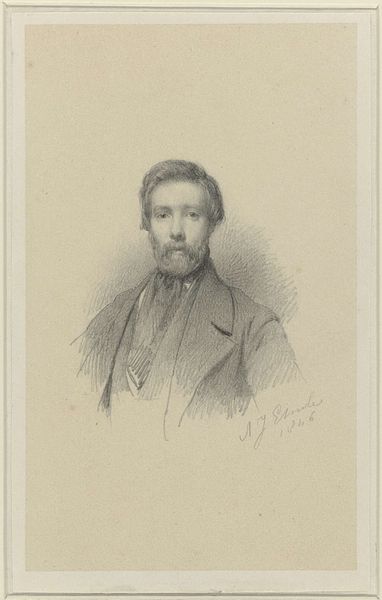
drawing, pencil
#
portrait
#
pencil drawn
#
drawing
#
pencil sketch
#
old engraving style
#
pencil drawing
#
pencil
#
realism
Dimensions: height 234 mm, width 144 mm
Copyright: Rijks Museum: Open Domain
Curator: This work is a portrait drawing of Alexander, Prince of the Netherlands, created sometime between 1870 and 1949. It's currently held here at the Rijksmuseum. Editor: There's a striking stillness about this image. The stark contrast between the figure and the pale background lends it a somewhat melancholic feel. What strikes you most about it? Curator: For me, it’s about power, but perhaps an ambivalence towards it. Alexander was born into immense privilege, of course, but lived a life marked by personal tragedies and health issues. The portrait, created posthumously from existing images, speaks volumes about the pressures of dynastic expectation within patriarchal structures, wouldn’t you agree? Editor: Indeed. Notice how the artist utilized the pencil medium to subtly model his features? The beard, particularly, is rendered with meticulous detail, almost a symbol of the patriarchal weight he carried, while his expression conveys both weariness and regal composure. Curator: It's compelling how societal expectations, even in portraiture, were—and still are—gendered. The portrayal of Alexander aligns him with the stoic masculine ideal so valorized in the 19th century, simultaneously showcasing status and projecting an almost mournful gravity, especially when remembering he never inherited the throne. How much do we, viewing the piece now, still participate in those projections? Editor: Symbolically, beards in portraiture, particularly during that era, signified wisdom, maturity, and virility. It was about projecting an image, not simply depicting reality. And here, it's very strategically employed, don't you think, to counterbalance what might have otherwise appeared as youthful vulnerability? This tension is incredibly compelling. Curator: Absolutely. And understanding those codes is crucial for critically unpacking these representations. Consider, too, how his identity as a royal, and specifically a male royal, intersects with imperialist legacies prevalent in the era the drawing represents. The absence of that active critique flattens interpretations to purely aesthetic appreciation. Editor: Seeing beyond the immediate likeness really opens up these dialogues across time and identity. A second look brings to life details easily missed and questions often unasked. Curator: Precisely. There is much that emerges through examining this work using historical and theoretical tools. Editor: Agreed. Thinking about symbols can alter one's perceptions forever. Thank you!
Comments
No comments
Be the first to comment and join the conversation on the ultimate creative platform.
